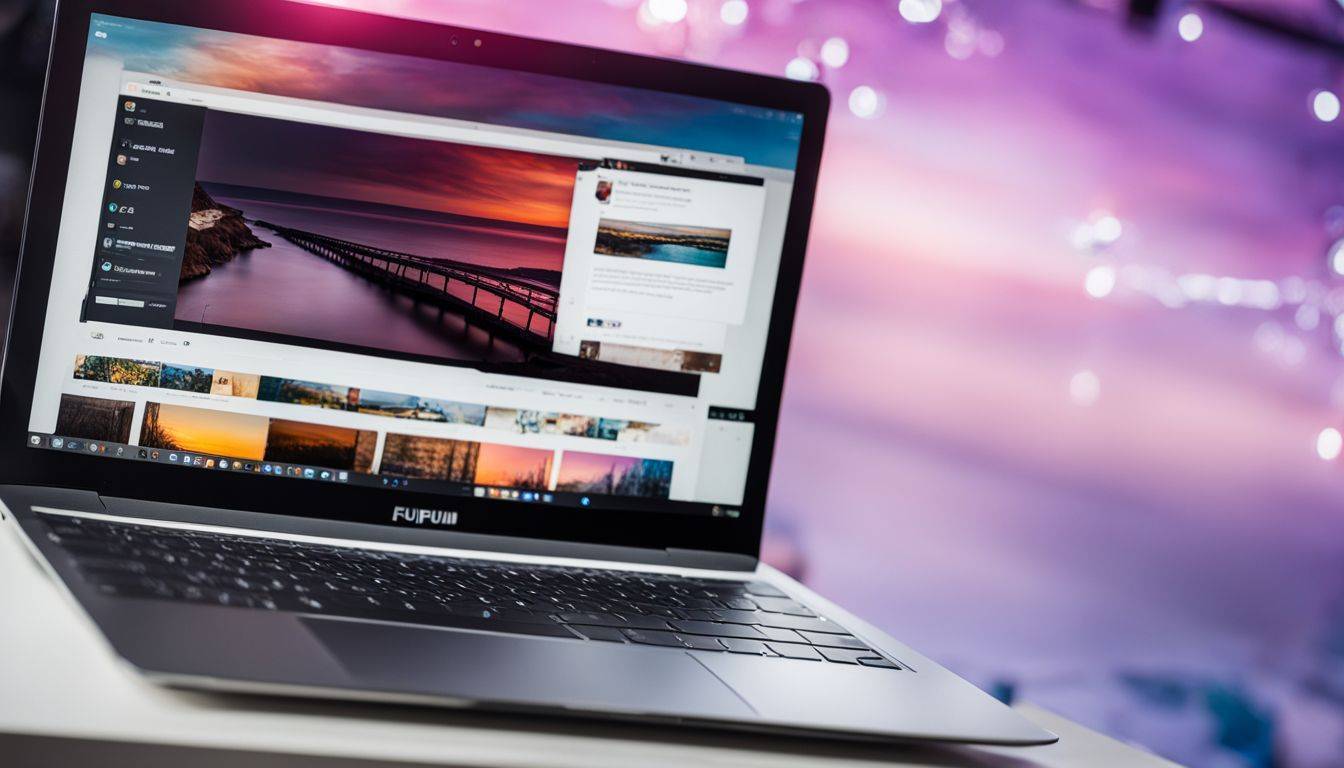Having trouble ranking your site? You might be overlooking the power of internal linking. In fact, effective internal links can boost your SEO while broken ones sabotage it. This article will guide you in recognizing and addressing bad internal links to keep your website thriving.
Ready for the journey to better website health?.
Key Takeaways
- Internal links help users and Google find important pages on your site.
- Bad internal links can lower your search rank score and push users away.
- Tools like Google Search Console or Screaming Frog can identify broken internal links for you.
- Once you find a broken link, fix it using methods such as 301 redirects, updating the link, or asking another site owner to change an inbound link.
- Broken internal links harm SEO efforts and give poor user experience. Regular checks are key to avoid this issue.
Why Internal Links Matter

Internal links play a significant role in enhancing your website’s optimization, steering traffic to different pages and improving user navigation. As a crucial part of SEO strategy, internal links help search engine crawlers understand the structure and context of your website content leading to better rankings on search engines results page.
Also, they benefit users by guiding them through relevant information within your site which can increase engagement time, fostering an improved user experience.
Importance of internal linking for user experience and SEO
Internal links make your blog user-friendly. They guide users and search engines to important pages on your site. Google uses them to learn about your content, so they help with search engine optimization (SEO).
Too many can be a problem though. Avoid stuffing links everywhere. You want to keep everyone happy- both users and the mighty Google! Broken links throw things off track for SEO and hurt how users see you.
By using careful link building, you steer clear of these issues while boosting PageRank. Good internal linking makes for quality sites that are easy to use, helping you climb the ranks in Google’s eyes!
Understanding the Pitfalls of Bad Internal Links
 Bad internal links can hurt your blog. They lead to pages that don’t exist or go off-topic. This makes users mad and they might leave your site. Google does not like bad links either.
Bad internal links can hurt your blog. They lead to pages that don’t exist or go off-topic. This makes users mad and they might leave your site. Google does not like bad links either.
Using too many links on one page is a bad move as well, it waters down their worth.
You have to be careful with how you use anchor text for your links. Don’t link using words that don’t fit the linked page’s topic. Doing this confuses both users and Google, which can harm your search rank score.
What are Broken Internal Links?
Broken internal links are hyperlinks within your website that lead users to non-existent or moved pages, often caused by incorrect URL entry or changes in the site structure. These errors can frustrate visitors and hamper search engine optimization efforts.
Definition and causes of broken internal links
Broken internal links are faulty parts of a website. Imagine them as doors that lead to nowhere or wrong rooms. They happen when you click on a link and it does not work right. This can be because the page no longer exists, or the web address was written wrong in the first place.
The biggest cause is lack of care for the website over time. If pages get moved or deleted but nobody fixes the links pointing to them, they break! Other times, simple mistakes while creating links can also lead to this issue.
How to Find Broken Internal Links
Discover how to unveil those pesky broken internal links using various tools like Google Search Console and Screaming Frog in your website. Excited to learn more? Stay tuned!
Tools for finding broken internal links (Google Search Console, Screaming Frog, etc.)
Every blogger needs tools to find broken internal links. The right tool is like a good friend who points out your mistakes so you can fix them. Here are some of the top tools:
- Google Search Console: This is a free tool from Google. It helps you check your website’s health and spot any bad links.
- Screaming Frog: This is another great tool for bloggers. It scours your site and finds any broken links.
- SEMRush: This paid tool does more than just finding bad links. It also helps with other SEO tasks.
- Ahrefs: This is also a paid tool, but it’s worth every penny for its link analysis feature.
- Check My Links: This free Chrome extension quickly checks web pages for broken links.
How to Fix Broken Internal Links
Start by identifying all broken links on your site using tools like Google Search Console or Screaming Frog. Once identified, you can rectify these errors either by updating the URLs to point towards correct and relevant pages, or if the page no longer exists, employing a 301 redirect to an equivalent page can be a viable solution.
However, it’s necessary to remember that fixes should be meaningful and beneficial for the user experience of your website in order not to damage SEO efforts.
Methods for fixing broken internal links (redirects, update links, etc.)
Let’s turn our focus to how you can fix broken internal links on your blog. Here are simple steps you can take:
- Make use of 301 redirects: If a page has moved, change the old link to point to the new one. This quick fix keeps your SEO benefits intact.
- Update the links: If you find a broken link, replace it with a valid one. This could be another related post or an updated page.
- Remove or change inbound links: These are links from other sites that point to yours. If these are causing errors, you can ask the owner of the other site to update them.
- Use tools for help: Large blogs may have too many links to check by hand. Tools like Google Search Console and Screaming Frog can spot errors for you.
- Regular checks work best: Set time aside each month for a website audit. This helps you find and fix bad links before they hurt your blog’s success.
The Negative Impact of Broken Internal Links
Broken internal links can severely damage your website’s SEO efforts, causing a drop in search engine rankings. They also lead to poor user experiences, as they interfere with site navigation and reduce overall usability.
Moreover, broken links may dilute the value of other properly functioning internal links on your page. Understanding these adverse effects can emphasize the importance of regular audits for broken link detection and repair.
Effects of broken internal links on SEO and user experience
Broken internal links can make a huge mess. Here are some problems they may cause:
- They stop search engines from finding your pages. This means your site won’t show up in search results.
- They break the flow of link equity. This can lead to poor page rankings.
- Users don’t like them and neither do search engines such as Google. A bad user experience could mean they leave your site.
- Dead pages and broken links lower users’ interest level in your website.
- If there is a broken link, it says that some parts of the website are not there anymore.
- Fixing these links fast is key for SEO and user experience.
- Tools such as broken link checkers help find and fix these issues on a website.
Conclusion
Avoid bad internal links. Keep your website clean and easy to use. This helps the user and boosts SEO. Good links make a happy site!
